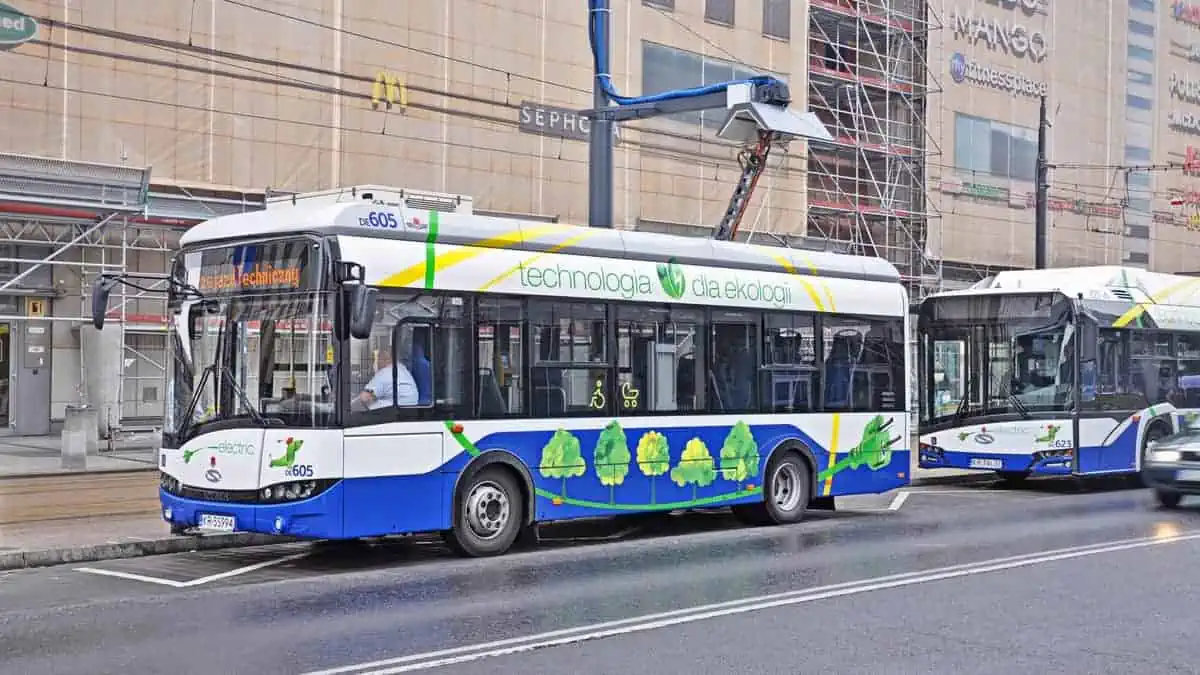The Pennsylvania Turnpike plans for wireless electric vehicle charging on-the-go, with a solar power bonus.
Ten years ago, the US Department of Energy provided a $4 million grant program for wireless, in-road electric vehicle charging. The goal of this grant program was to advance R&D work by researchers from Oak Ridge National Laboratory.
According to CleanTechnica, the researchers described a system based on an air core transformer—a device that transmits radio-frequency currents in September 2011.
“By reconfiguring the transformer and altering the resonance frequency, power is transferred to the battery with little energy loss and fewer demands on the primary circuit. The technology can be used for wireless charging of stationary electric vehicles in garages and parking lots or in-motion vehicles on the roadway,” the team explained.
The researchers also created a set of supporting technologies for the wireless EV charging system, including hardware, software, and communication and feedback systems.
Once the lab leased its electromagnetic coil technology to the Brooklyn company HEVO in August 2021, things began to develop.
“The system provides the world’s highest power levels in the smallest package and could one day enable electric vehicles to be charged as they are driven at highway speeds,” ORNL researchers explained.
The “Oak Ridge Converter” from ORNL reduces the power phases required to execute the transfer, enabling the comparatively modest footprint.
The outcome is a wireless EV charging system that produces 1.5 megawatts of surface power density per square meter, which ORNL described as “eight to 10 times higher than currently available technology.”
“All of this functionality is built into a vehicle-side package the size of a medium pizza box and the ready-made capability to charge electric vehicles without a human behind the steering wheel,” enthused HEVO founder and CEO Jeremy McCool.
Planners at the Pennsylvania Turnpike were preparing for a sudden rise in demand for EV charging stations along the Pennsylvania Turnpike. The main line spans a total distance of 359 miles between Ohio and New Jersey. The Turnpike, which runs the entire length of Pennsylvania in the middle, carries more than 210 million vehicles annually.
Furthermore, electric vehicles can complete the entire journey on a single charge due to the next generation of long-range EV batteries, but the mainstream market is still a bit overboard. In fact, many trucks use the Pennsylvania Turnpike, thus there must be charging stations along the road.
Ed Blazina of the Pittsburgh Post-Gazette stated that the Turnpike has over 5,400 acres of land with the potential for solar development. Additionally, it has a total capacity of more than 1.5 gigawatts, according to research by the highway solar consultancy company The Ray.
In retrospect, the Pennsylvania Turnpike joined the University of Utah’s ASPIRE (Advancing Sustainability via Powered Infrastructure for Roadway Electrification) initiative last year to get its wireless EV charging plans off the ground. The project is a National Science Foundation-designated Engineering Research Center.
It is worth noting that the Israeli start-up Electreon, which operates in California, has also teamed with the Turnpike. The business has also recently expanded a pilot operation in Sweden and has been collaborating on wireless EV charging with Stellantis and Volkswagen, among others.
All things considered, one solution to the problem of providing adequate EV charging infrastructure to support millions of electric cars, trucks, buses, and other heavy-duty vehicles, is the in-road wireless EV charging strategy.
The technology company Siemens is developing the eHighway hybrid-electric system, which is based on electric trolley technology and deploys overhead wires linked to the car. Notably, the pantograph is the machine that extracts power from the wires.
Impressively, the eHighway’s hybrid technology would allow gas-powered cars to travel from their starting point to the electrified route and then turn off their internal combustion engines when they connect.
For usage primarily by heavy-duty vehicles, the eHighway system would be placed along truck routes with significant traffic counts.
In 2014, CleanTechnica reported on the eHighway concept as a pilot project in California. Additionally, Sweden also started testing the electrified highway system in 2016.
Since then, Siemens has been very active. In fact, another eHighway field experiment was started by the company last year in Germany. If that is not enough, India is also reportedly on track to get an electric highway.






